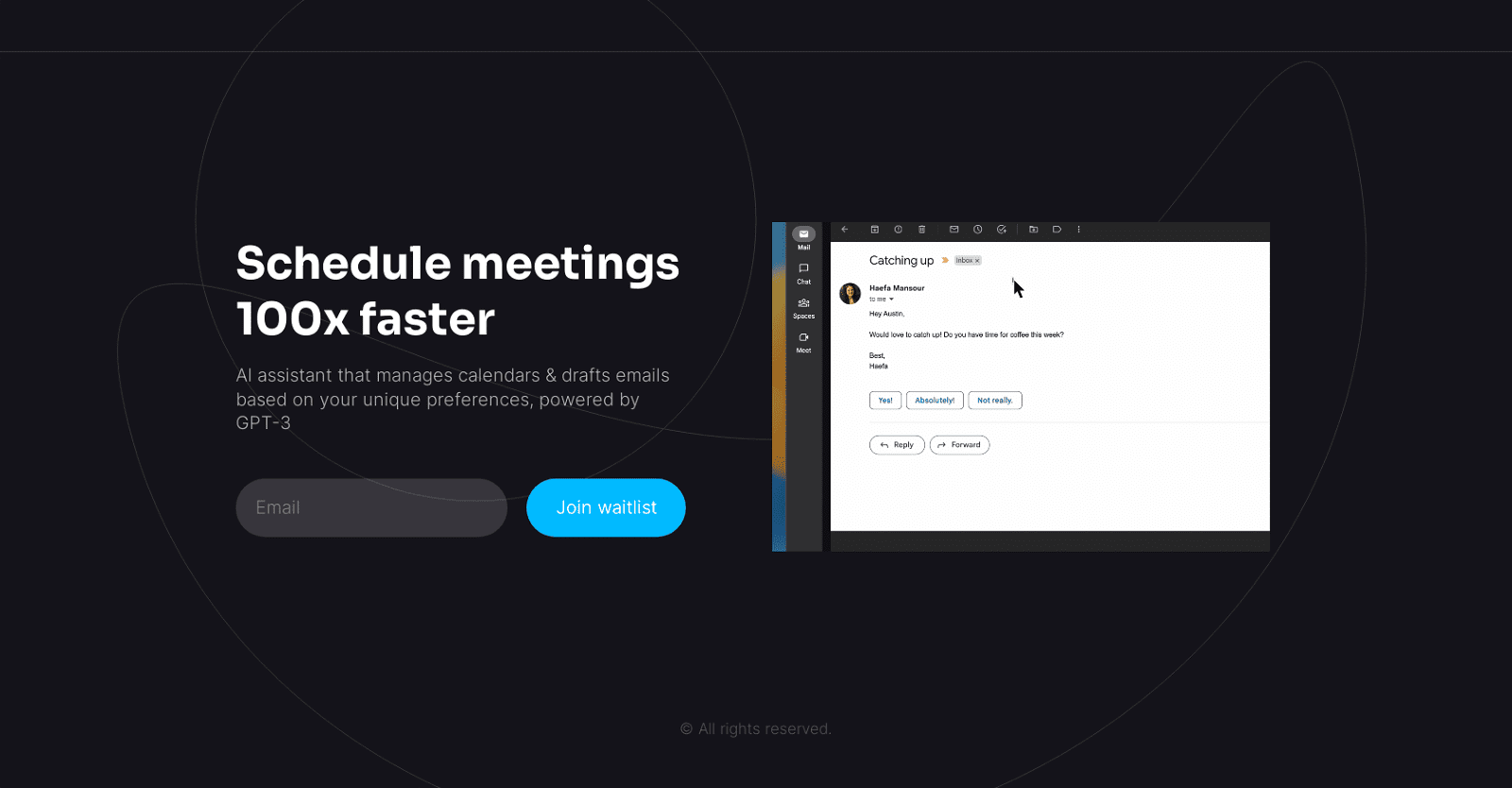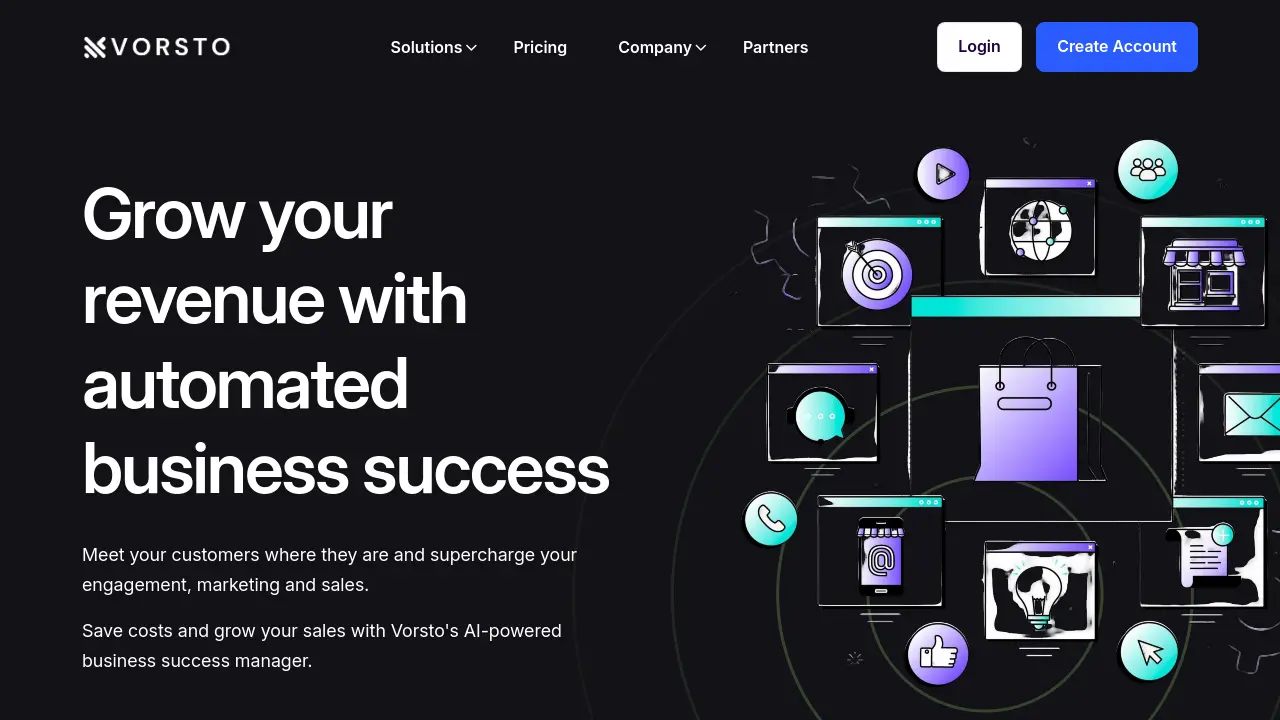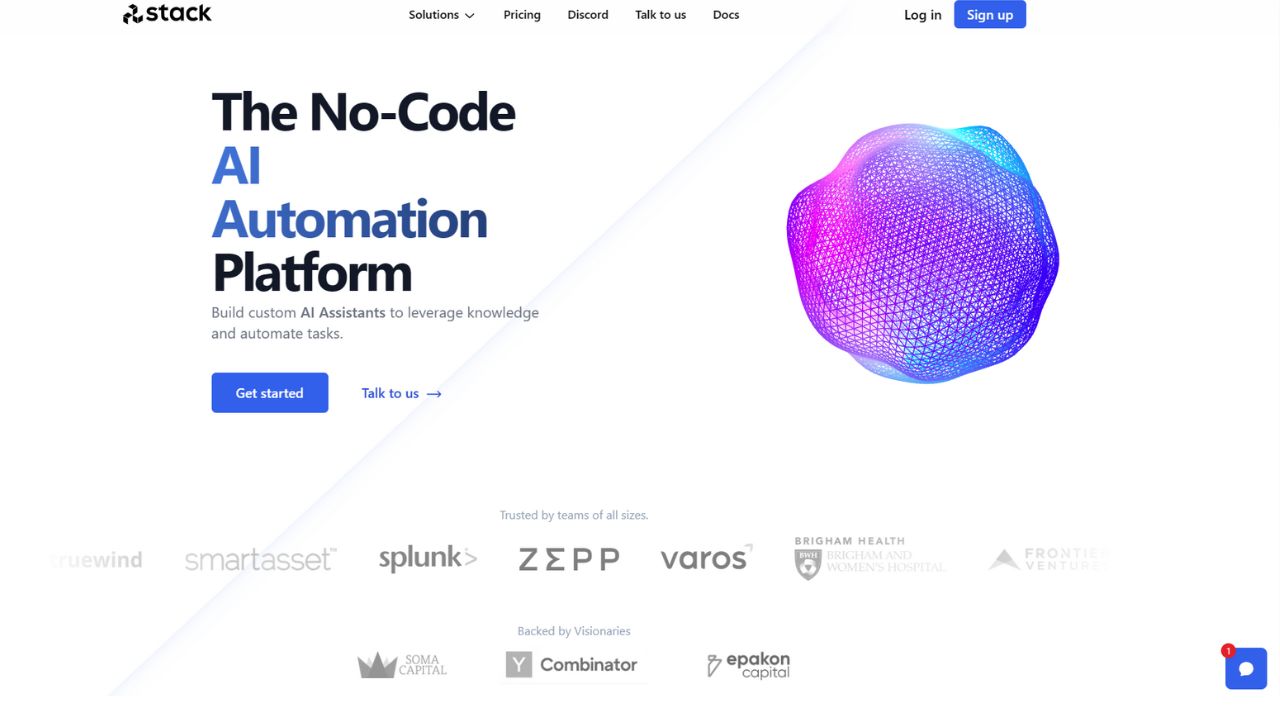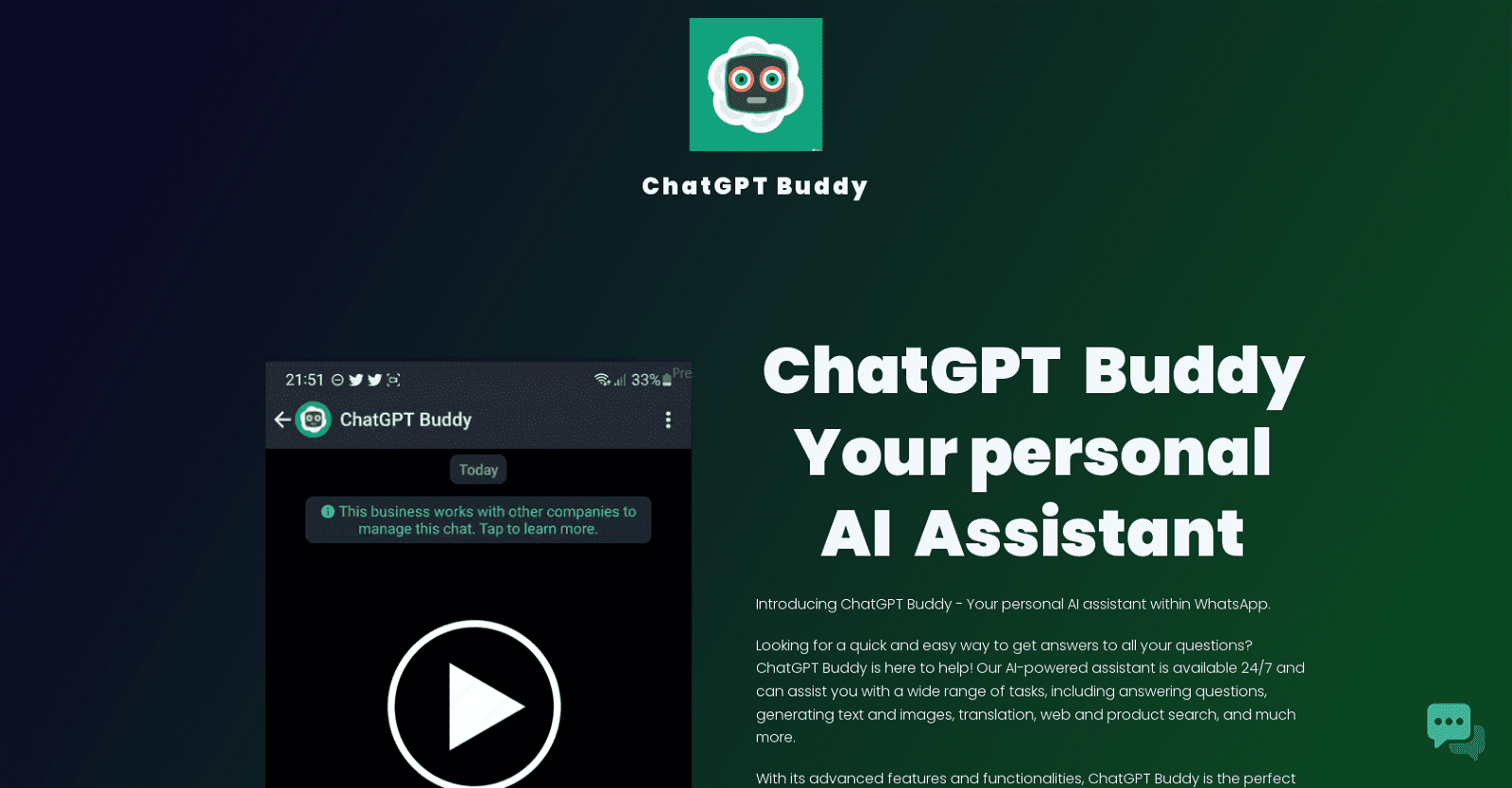Ipso AIP is a calendar management tool driven by AI, streamlining meeting scheduling processes efficiently. It boasts an AI assistant proficient in calendar management and email composition, tailored to user preferences.
Powered by GPT-3, a natural language processing (NLP) model from OpenAI, Ipso AIP empowers users to swiftly locate and schedule meetings with contacts, automate email responses, and personalize meeting reminders.
The tool also offers a waitlist for interested users. Ipso AIP stands as a robust solution capable of significantly reducing calendar management time and simplifying meeting scheduling.
By automating email composition and contact searching, it alleviates users from tedious manual tasks, ultimately enhancing productivity and time management. Overall, Ipso AIP emerges as a valuable tool facilitating time-saving and productivity boosts in calendar management.
More details about Ipso AI
What sets Ipso AIP apart from other AI scheduling tools?
Ipso AIP distinguishes itself through its advanced utilization of GPT-3 for natural language processing, personalized services tailored to user preferences, and comprehensive capabilities extending beyond scheduling to encompass email drafting and contact management.
Can Ipso AIP enhance my productivity?
Absolutely, Ipso AIP serves to enhance productivity by significantly reducing the time and effort required for calendar management, meeting scheduling, and email composition. By automating these tasks, users can redirect their focus towards core responsibilities, thereby boosting overall productivity.
Can I automate email responses with Ipso AIP?
Yes, Ipso AIP facilitates email response automation, sparing users the manual effort typically associated with responding to each email individually. This automation feature streamlines the email management process for improved efficiency.
How does Ipso AIP alleviate the burden of manual email typing?
Ipso AIP alleviates the burden of manual email typing by leveraging its AI capabilities to draft email content based on user preferences. Additionally, it offers automation for email responses, eliminating the need for manual input with each interaction.








